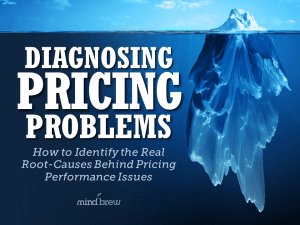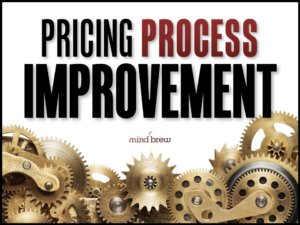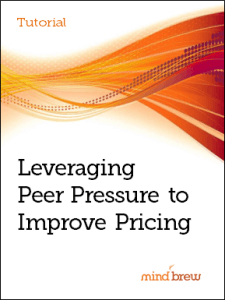Have you ever heard of Lusser’s Law?
It’s a systems engineering formula which says that if you want to figure out how reliable a series of components is, you have to multiply together the reliability quotients for each of those components.
To understand what that means, let’s consider some examples.
If you have a system with just two components and each of them works 90% of the time, you might think that your system is reliable 90% of the time. But if you use the formula, you see that .9 x .9 = .81. Your system is only 81% reliable, which isn’t terrible, but it’s not nearly as good as 90%.
Now imagine a more complicated system with 10 components. These components are a little better than in our first example. They are all 95% reliable, so you might expect that this system will be a little better than our first example. However, .95 x .95 x .95 x.95 x .95 x .95 x .95 x .95 x .95 x .95 = .6. You actually end up with a system much worse.
From these examples, we can see a couple of truths. First, a system will always be less reliable than its least reliable component. And second, the more complicated a system is, the less reliable it will be.
Applying Lusser’s Law to B2B pricing
What about your pricing process? You might have a well-documented process, or you might have something informal cobbled together with duct tape, tribal knowledge, and luck. But you do have a process. How many components does it have? And how reliable are each of those components?
If you’ve done your job well (and are more than a little lucky), you might have solid segmentation logic, a good value story, some basic automation, a trained sales team, and a pricing governance team that meets monthly. It’s hard to put hard reliability numbers on any of those, but on the surface, everything looks good.
But what happens if just one component starts slipping? Maybe the segmentation model goes stale. Maybe you hire a new sales rep who doesn’t follow the quoting rules. Maybe the governance committee starts rubber-stamping decisions instead of doing their due diligence. Just a small slip from 99% reliability to 95% reliability is going to have huge consequences for your pricing overall.
Common pricing failure points
If you want to keep your pricing processes humming, you have to think a little bit like a systems engineer. That means identifying potential weak points before they actually fail.
Focus on how the different steps in your process connect. Where do people hand off information and need to support each other? Those are good places to start diagnosing potential problems. Here are some failure points we see a lot:
- Segmentation that never gets updated: Market conditions change all the time. The model that might have worked well two years ago probably doesn’t reflect current willingness to pay.
- Overreliance on tools without human checks: Software and automation tools can be a huge help to a pricing team — but only if someone monitors them to make sure they are outputting prices that actually make sense.
- Governance that’s more ceremonial than functional: If most people in the governance meeting are just doing other work while they’re on the call and aren’t challenging any decisions, this process has become a weak point.
- Communication breakdowns: You can make the best, most strategic pricing decisions ever, but if you don’t compellingly communicate them to sales, marketing, product, finance, and the other relevant teams, those decisions are completely worthless.
- Sales incentives that don’t align: Make sure your reps are being paid based on the numbers that actually matter to your business. If not, discounting will erode your margins.
Instead of thinking about what’s working in your pricing process, we recommend that you ask, “Where is our weakest link?” Using Lusser’s Law to guide you, audit your pricing reliability. See where the weak points are. Reduce single points of failure and improve feedback loops.
If you aren’t sure how to do that, we have some tools that can help. Check out Diagnosing Pricing Problems, Pricing Process Improvement, and Managing Risk in B2B Pricing. They can help you identify trouble spots and improve your processes.
Every system fails eventually. That’s as true for your pricing process as it is for mechanical prices. But if you examine your pricing process with an engineer’s mindset, you just might by able to identify — and fix — problems before they affect your overall reliability.
















